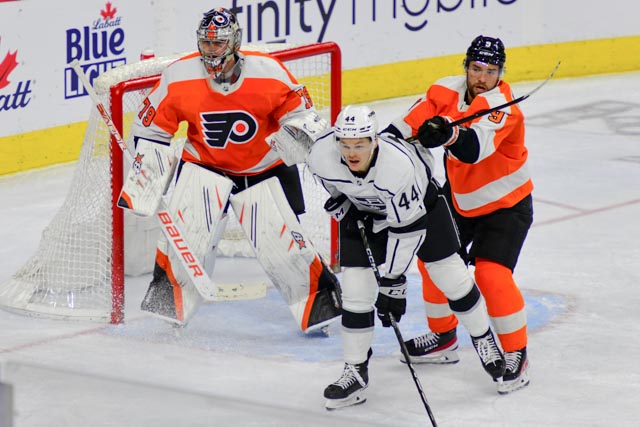Ice hockey has been a popular sport for decades. It’s one of the big four US sports alongside football, basketball, and baseball. Then, of course, it was officially declared the national winter sport of Canada in 1994. Finally, if you skate out of North America, you’ll see millions of people watching and playing hockey across Europe in countries such as Finland, Sweden, and Russia.
By global interest alone, we know hockey is a hit. However, once you get into the statistics, things become even clearer. Data from Statista shows that the Stanley Cup Finals had an average TV viewership of 4.59 million in 2022.
Branching out, a report by Media Sports Consulting and Infront, the media partner of the International Ice Hockey Federation (IIHF), showed that viewership is up over 1 billion. As per the report, 1.6 billion watched IIHF matches in person and on TV during the 2019 World Ice Hockey Championships. That was the fourth year in a row viewing figures breached the 1 billion mark.
Hockey Gets Bigger and Better
The point here is that hockey remains popular. However, despite a history of success, it’s not all been smooth skating. In 2010, for example, NHL commissioner Gary Bettman was tasked with steadying the ship. Coming out of the 2008/2009 global recession, he said that, although hockey was still popular, it was “not as strong” in terms of growth “as it was before the economic downturn.”
NHL revenue at the time of Bettman’s state of the league address was $2.9 billion. Fast-forward to 2018 and it was $4.86 billion. A stronger global economy certainly didn’t hurt the NHL’s popularity, but surely that wasn’t the only thing that helped? It wasn’t. Bettman, along with others, implemented a number of changes to help make the NHL and, in turn, hockey, more appealing.
For example, the average goals per team went from 2.91 in 2008/2009 to 3.01 in 2018/2019. More goals means more excitement. More excitement leads to more people watching. Although there are various reasons why offensive lines were more effective, subtle rule changes helped. Officials were told to take more action against slashing and they did. During 277 games in 2017, 432 slashing penalties were called. Over the same number of games in 2016, there were 147 slashing penalties.
From the Ice to Skating Across Social Media
The NHL also has embraced the digital world. Players and teams have become more active on Twitter and, latterly, Instagram. The NHL even let fans record games and upload clips to social media in the form of GIFs. From these changes, the NHL struck a deal with MLB Advanced Media to stream games online. More recently, NHL teams have linked up with online gambling companies. With legal sports betting, poker, and casino gaming taking hold in the US, teams across the country have formed digital partnerships.
FanDuel, which offers betting and fantasy sports in multiple states, signed a deal with the Toronto Maple Leafs in 2022. Similarly, BetMGM, a top-rated New Jersey online casino, has a deal with the NHL. That deal means BetMGM can offer hockey-themed promos across its network of apps. From its online casino in New Jersey with 300+ games to its sportsbook in Colorado, BetMGM can lean on the NHL’s reputation and vice versa.
Indeed, the NHL and its teams have benefited from the surge in legalized gambling in the US. Increased exposure and crossover promotions have kept hockey relevant. There’s always room to grow, but hockey has certainly upped its game over the last decade. Not only is the sport growing in popularity, but those at the top have also shown they’re capable of moving with the times. For us, this ability to adapt is what’s most impressive and it’s the reason hockey will remain a hit for decades to come.


You must be logged in to post a comment.